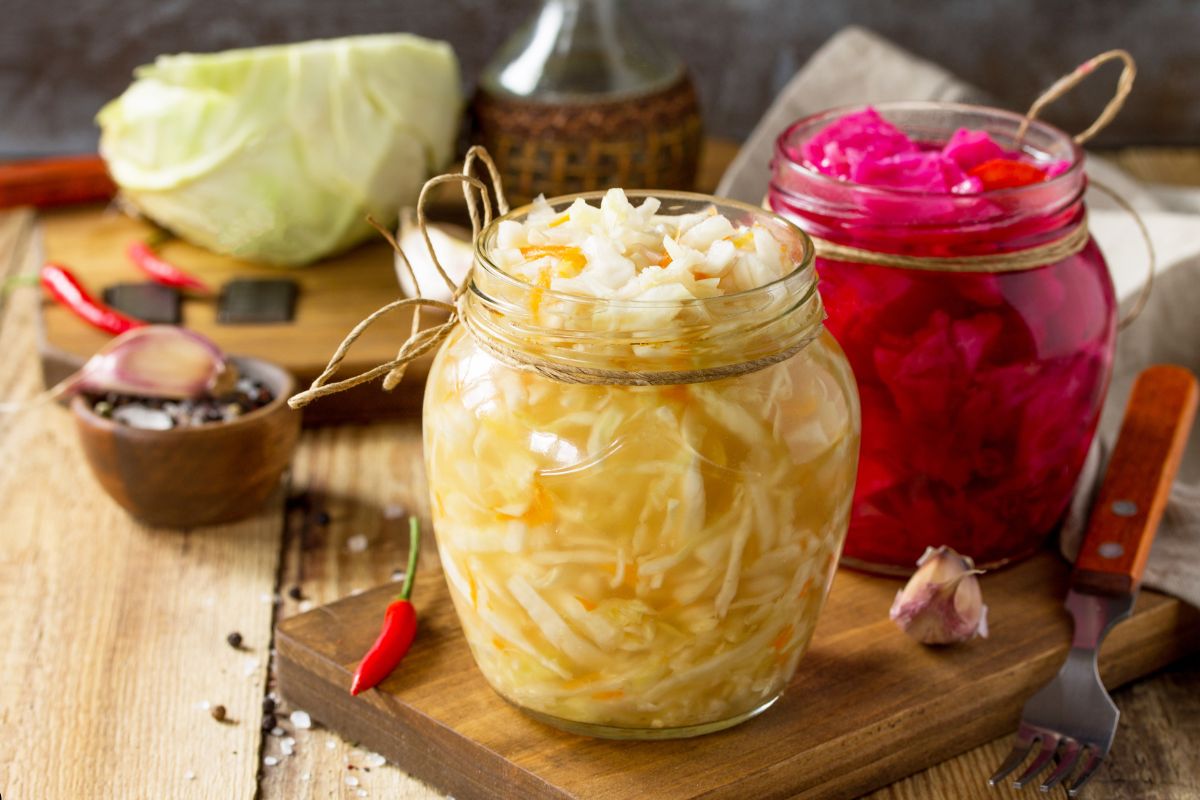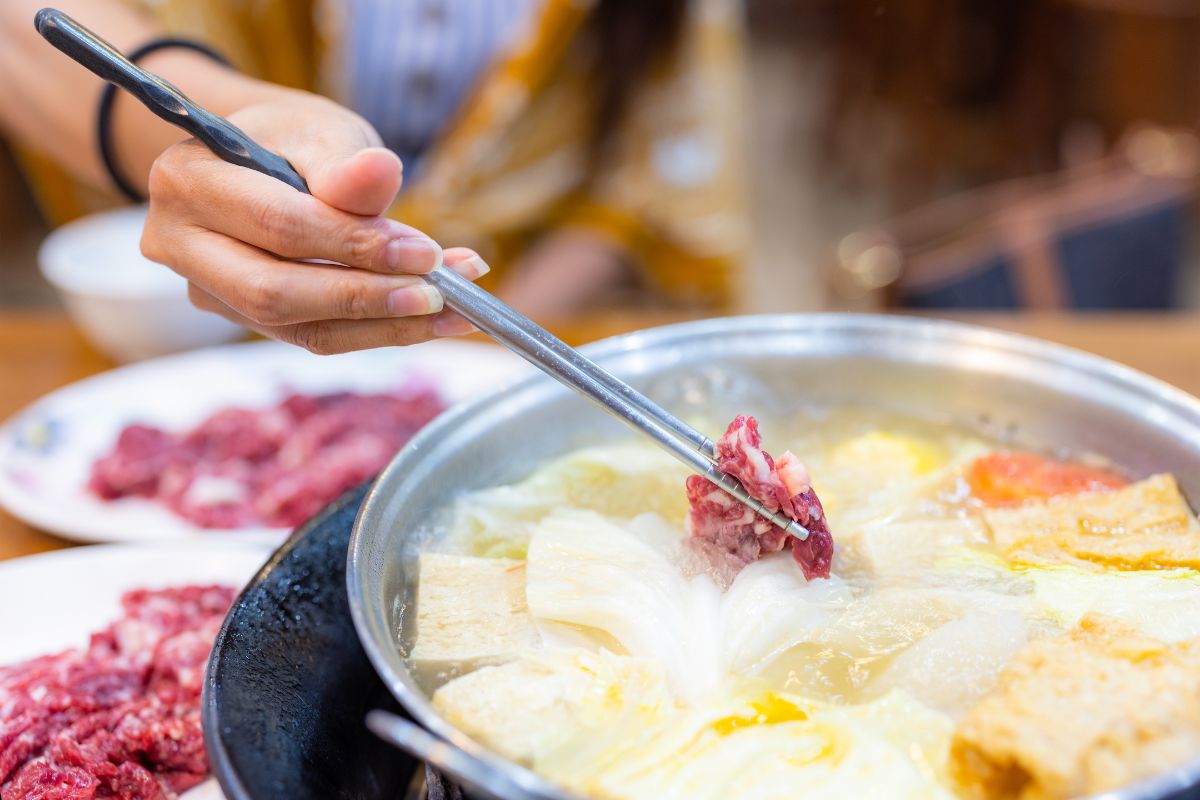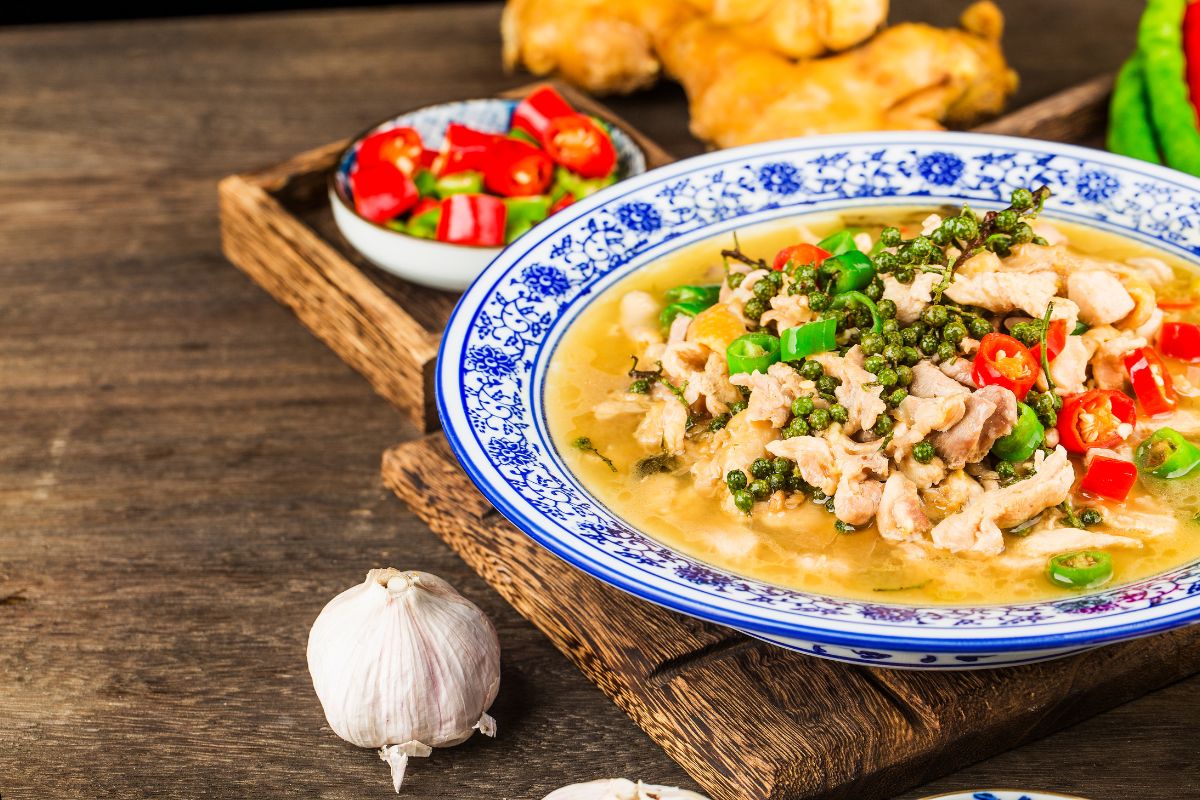Chinese Pickles: The Wonderful Transformation of Vegetables
Do you know? China not only has various characteristic cuisines but also unique table snacks! For example, Northeastern sauerkraut, Sichuan pickles, and preserved mustard greens. Like Korean kimchi, these snacks also have a very important position in China. How do ordinary vegetables become unique and flavorful under people's dexterous hands? Let's explore the secrets within!

Northeastern Sauerkraut酸菜(suān cài)
酸菜 (suān cài), noun, sauerkraut
Examples:
- I like the taste of sauerkraut.
我喜欢酸菜的味道。
wǒ xǐ huān suān cài de wèi dào 。 - This dish is made with sauerkraut.
这道菜是用酸菜做的。
zhè dào cài shì yòng suān cài zuò de 。
Northeastern sauerkraut is a frequent guest on the dining tables of northerners in winter. It perfectly matches the cold climate and people's lifestyle in the north. In the long winter with ice and snow, fresh vegetables are relatively scarce, but sauerkraut becomes the protagonist on people's tables with its unique preservation method and delicious taste. It is often used for stewing meat. When sauerkraut meets streaky pork in a boiling pot, it is a feast for the taste buds.
The sourness of sauerkraut appropriately neutralizes the greasiness of streaky pork, and the fat of streaky pork penetrates into every fiber of sauerkraut, making sauerkraut more mellow and fragrant. The two blend together, and the stewed soup is rich and delicious. Whether it is poured on rice or eaten directly with a spoon, it is irresistible.

Northeastern sauerkraut mainly uses Chinese cabbage as the raw material, and the selection of this cabbage is very particular. The Chinese cabbage in the Northeast benefits from the local fertile black soil and unique climate conditions. The thick leaves, tender texture, and sufficient water content provide an excellent foundation for the production of sauerkraut. During the cabbage harvest season, people carefully select those large cabbages with tight cores to ensure that each cabbage is of superior quality.
First, the selected Chinese cabbages are processed and washed in clean water. Then, the cabbages are neatly stacked in a vat, with a layer of cabbage and a layer of salt. The amount of salt used should be just right. Excessive salt will make the sauerkraut too salty, while too little salt may easily cause the cabbages to rot. After stacking the cabbages, add an appropriate amount of clean water to submerge the cabbages. At this time, microorganisms in nature begin to play their role.

Under suitable temperature and humidity conditions, the lactic acid bacteria and other beneficial flora carried by the cabbages themselves and in the surrounding environment start to become active. As time passes, the accumulation of lactic acid makes the environment in the vat more acidic. This acidic environment effectively inhibits the growth of other harmful microorganisms, thereby ensuring the quality and flavor of sauerkraut.
Sauerkraut is also an excellent filling for making dumplings. Mince the sauerkraut, mix it with pork, and add an appropriate amount of seasonings. The sauerkraut dumplings made are particularly flavorful. Take a bite, and the softness of the dumpling wrapper, the freshness of the pork, and the sourness of the sauerkraut instantly spread in the mouth. That unique taste has become the taste of hometown in the hearts of countless Northeastern people, carrying a deep sense of homesickness and beautiful memories of hometown life. Whether it is the New Year's Eve dinner for family reunion or an ordinary meal on an ordinary day, Northeastern sauerkraut, with its unique charm, adds a distinctive color to the dining tables of the Northeastern people.
Sichuan Pickles泡菜(pào cài)
泡菜 (pào cài), noun, pickle
Examples:
- These pickles are very spicy.
这些泡菜很辣。
zhè xiē pào cài hěn là 。 - She made some pickles by herself.
她自己做了一些泡菜。
tā zì jǐ zuò le yī xiē pào cài 。
The selection of raw materials for Sichuan pickles is very meticulous. Usually, various fresh vegetables are used. Cabbage is the main force among them. The crisp and tender leaves and sweet taste lay the foundation flavor for the pickles. Radishes are also indispensable. The sweet and juicy white radishes or the crisp and slightly spicy red radishes can all undergo wonderful changes in the pickle jar.
Chili peppers are the key element that gives soul to the pickles. Different varieties of chili peppers, from mild sweet peppers to hot chili, bring varying degrees of spiciness to the pickles. Besides, vegetables such as green beans, celery, and lettuce are also often included. Their respective flavors blend and collide with each other in the pickle jar.

These vegetables embark on their "transformation journey" in the specially made pickle water. The production of pickle water can be called an art. It is carefully prepared from multiple ingredients. Among them, the selection of water is crucial. Clear and impurity-free water is the key to ensuring the quality of pickles. Salt, as the basic seasoning, precisely controls the rhythm of fermentation. The addition of spices such as prickly ash, star anise, and cinnamon adds a complex and rich aroma to the pickle water. Each spice is like a mysterious magician, giving the pickles a unique charm.
In addition, an appropriate amount of wine is also added. Wine plays a subtle role in the fermentation process. It can promote the growth of beneficial microorganisms and at the same time inhibit harmful bacteria, making the fermentation process of pickles more stable and healthy. In such carefully prepared pickle water, the vegetables ferment quietly in the sealed pickle jar and gradually transform into mouthwatering Sichuan pickles.

It turns out that the most ordinary vegetables, under people's wisdom and ingenuity, can also become unforgettable delicacies on the dining table! This is the wisdom accumulated by people in their life practices. If you are interested in them, you can also try to make these unique delicacies. I believe it will definitely be an unforgettable experience!